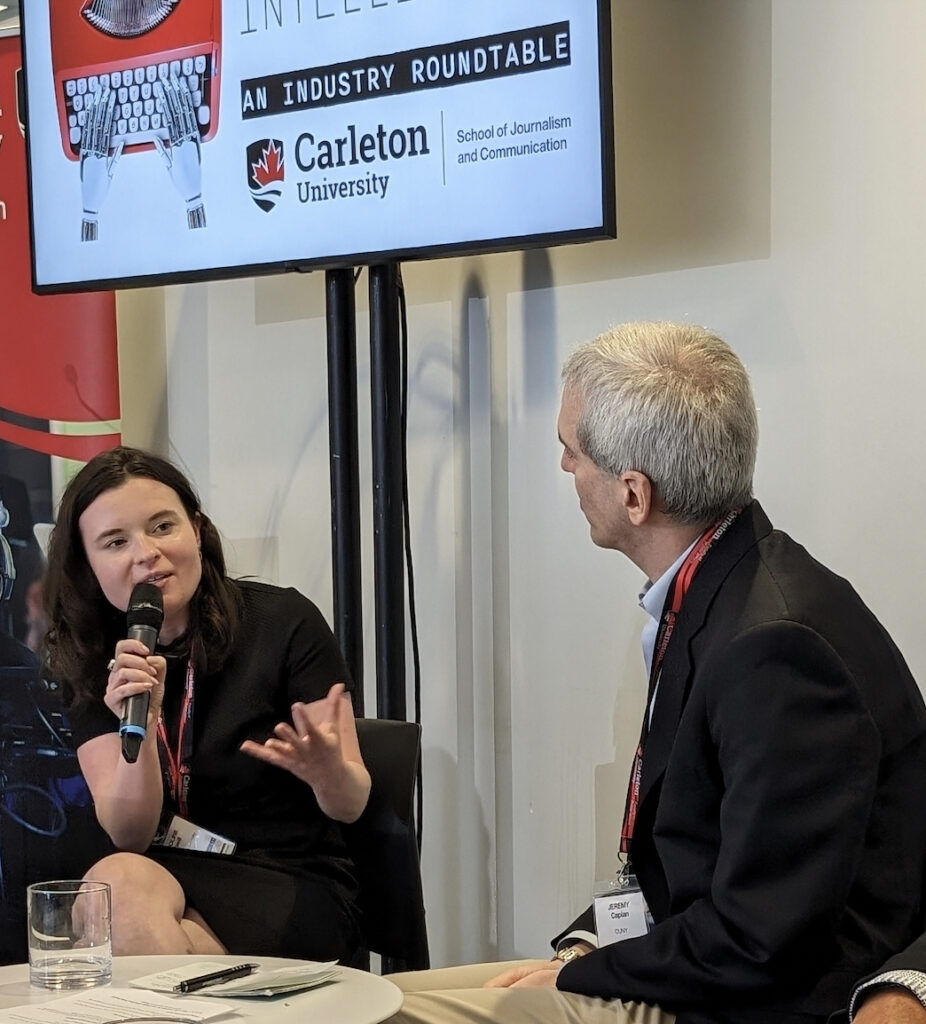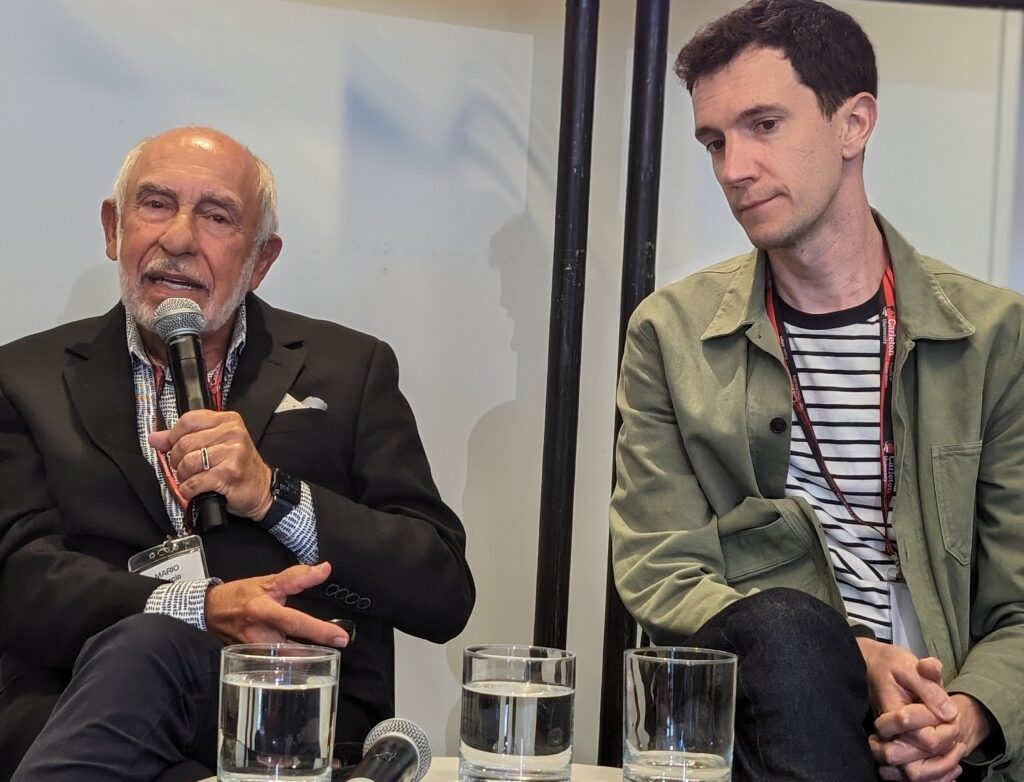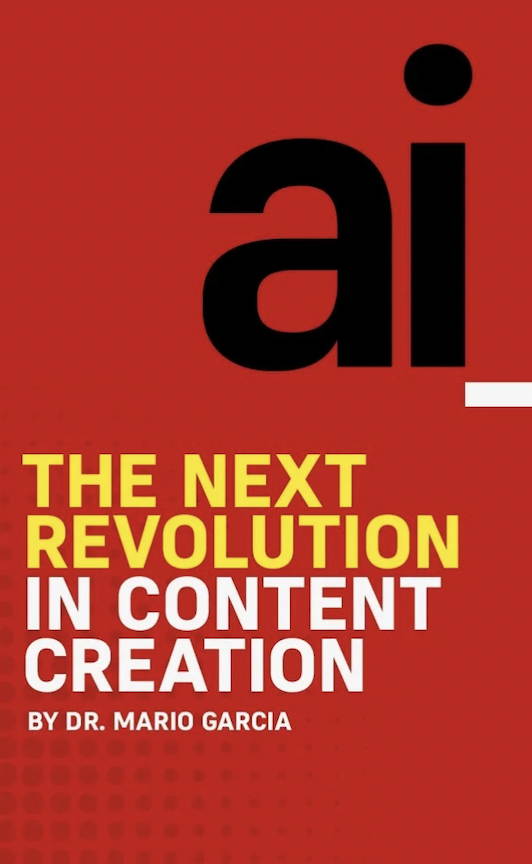The final panel at the May 30 roundtable in Toronto on Journalism and AI saw three leading educators from Canada and the U.S. urge an open-minded approach to integrating AI instruction into classroom and newsroom training for both aspiring reporters and working professionals.
“Imagine Lebron James learning to play basketball and being told, ‘You have to wait a week to see if your shot went into the hoop,’’ said Jeremy Caplan, director of teaching and learning at the Craig Newmark Graduate School of Journalism at City University of New York, during the afternoon panel titled “Journalism Pedagogy and AI: How To Teach This?”
Caplan used the basketball analogy to highlight the contrast between the immediate feedback in sports skill-building and the often delayed process in the educational grading system.

Caplan said that for both journalists and journalism students, AI tools can be used to promptly provide in classrooms and newsrooms without replacing original reporting work.
“You get instant feedback when you’re playing sports,” said Caplan. “If students wait two weeks or a month to get feedback from a teacher, your opportunity for immediate learning may be lost.”
While some have a pessimistic resistance towards AI, others have a gullible faith where they view AI as a silver bullet solution for good journalism, said Caplan. He argued it’s important for instructors to lead students towards what he called skeptical curiosity, an important mindset for journalists to develop.
While AI continues to foster polarized views among professionals, the panelists on pedagogy reflected on the best way to incorporate AI tools into journalism schools’ curricula and in news industry settings.
“Somewhere in the middle of these two polar extremes of pessimistic resistance and gullible faith is this curious skepticism, and the way we do that is … seeing AI as a tool.’
— Jeremy Caplan, director of teaching and learning at the Craig Newmark Graduate School of Journalism at City University of New York
While some journalists and journalism educators have a pessimistic resistance towards AI, others have a gullible faith where they view AI as a silver bullet solution for good journalism, noted Caplan. However, he said it is important for instructors to lead students towards what he calls skeptical curiosity, an important mindset for journalists to develop.
“Somewhere in the middle of these two polar extremes of pessimistic resistance and gullible faith is this curious skepticism, and the way we do that is … seeing AI as a tool,” Caplan added.

“We think that the Gen Zs are lazy and if we teach them (how) to use AI, they will use it in a way that is not beneficial for them in terms of pedagogy,” he said. “But from my perspective, it’s the total opposite.”
He said once educators explain the mechanism behind the use of AI and how to talk to the machine, students should be able to effectively use it to improve their work instead of replacing it.
“Overcoming fears about AI is absolutely important, but if you don’t understand what AI is and what AI is not, you can use it in a way that is very detrimental for your education and for your work,” Daudens added.
Caplan suggested that educators should teach journalism students four key aspects of AI: rhetoric (contextual understanding of AI discussions); examples (how journalists use AI); action (hands-on learning experiences); and discovery (learning from past and future insights).
‘Overcoming fears about AI is absolutely important, but if you don’t understand what AI is and what AI is not, you can use it in a way that is very detrimental for your education and for your work.’
— Florent Daudens, journalism lecturer at the Université de Montréal and Radio-Canada’s former AI specialist
He also stressed the importance of examining case studies of AI use to gain a clear understanding of real-world applications.
Mario Garcia, author of the newly published book AI: The Next Revolution in Content Creation, addressed the common sci-fi misconception about AI.
“AI is not a Will Smith movie,” he said to his audience’s delight. “My main mantra is this: There is a human at the beginning, there is artificial intelligence in the middle, and there always has to be a human at the end.”

Garcia also highlighted the importance of teaching prompt engineering, a vital skill for journalists. He said he spends about three weeks of his multimedia design and storytelling course on teaching students how to craft detailed questions and instructions to AI programs to optimize results.
“Why?” he asked rhetorically. “Because this will be the skill of the future. We as journalists, we are ‘word people’, we should be the best at communicating on a platform where words are all it’s about.”
However, Garcia observed that the best group of professionals communicating efficiently with AI are marketing departments and PR firms.
“We (journalists) just write a single sentence and we expect the robot to retrieve information based on that. So prompt engineering is really, as Jeremy (Caplan) was talking about, a real hands-on exercise.”
Garcia showed an excerpt from his book on the screen to reinforce his message that AI tools should be support journalists’ storytelling mission.
“While AI excels at tasks like data analysis and pattern recognition,” the excerpt from Garcia’s book reads, “it often struggles with generating truly imaginative ideas. More importantly, AI connects patterns, but humans make connections between seemingly unrelated concepts or ideas. Human creativity is not just about processing information — it’s about imagination, intuition, and the ability to see possibilities where others might see limitations.”
‘AI is not a Will Smith movie. My main mantra is this: There is a human at the beginning, there is artificial intelligence in the middle, and there always has to be a human at the end.’
— Mario Garcia, author, news design consultant and adjunct professor, Columbia Journalism School
Following up on a discussion that began prior to the panel, O’Neill asked panelists how to make sure that AI is not just an afterthought in university and college curricula.
Garcia said it’s important not to abandon the essentials while teaching AI, but to incorporate it as an addition to what is fundamentally taught in journalism school.
The panel concluded with a question period and discussion on ensuring AI is integrated thoughtfully into journalism education. The panelists pushed for a comprehensive and ethical blending of AI with core journalistic skills while enhancing traditional teaching methods with an infusion of AI-supported instruction.